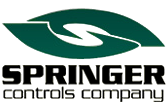What is a limit switch? Limit switches come in many forms and functions, but at their most basic definition, they are electromechanical switches that operate based on the movement or presence of an object. While it is not an electrical switch, your toilet float valve is similar to a limit switch. The water in the tank fills and raises the float, and at a certain point, the float rises high enough to stop the water flow. A limit switch is the electrical version of your toilet float. Below, we explain the types of limit switches and how they are used.
This would be most like what we call a “Position Limit Switch,” as shown below:
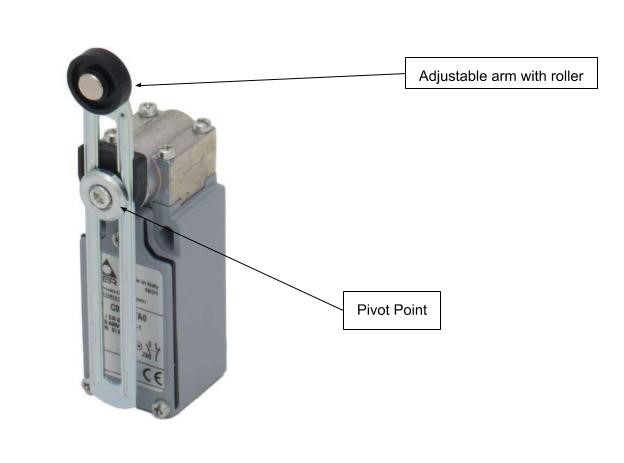
What Is a Limit Switch Used For?
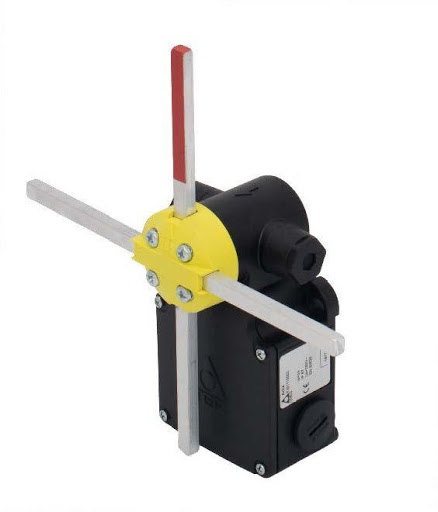
Windmill Limit Switch
Let’s say you have a motorized roll-up door and would like it to automatically stop when the door is fully opened. You could mount a position limit switch similar to the above. The adjustable arm with a roller is mounted to a pivot point connected to a switch. As the door raises to its highest point, a tab on the door presses on the roller and causes it to rotate. The rotation of the arm activates a switch and shuts off the motor.
There are many ways to actuate the switch. You could use a button or plunger instead of a rotating arm. For example, if you have a dump truck and want to ensure the bed is in the down position before the truck drives away, you could use a position limit switch with a button actuator so that when the bed is fully down, the button is pressed in. When this button is pressed, the switch closes, indicating to the driver (via a light or alarm) that the bed is down and it is safe to drive.
Your garage door opener also has a limit switch to shut it off once the open and closed positions are reached. Your refrigerator also uses a limit switch to activate the interior light on/off.
Different Types of Limit Switches
Windmill Switches
Another slightly more complicated example would be a windmill limit switch, which allows it to operate in two directions and have multiple positions and switches.
These switches can rotate in multiple directions and have a series of switches inside that open or close as they rotate:
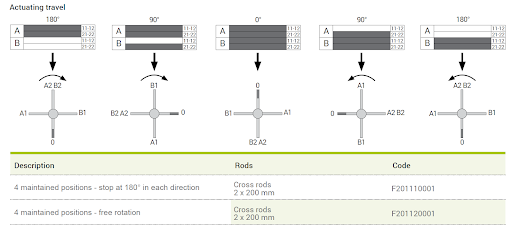
Actuating Travel Chart
The windmill position limit switch is commonly used in bridge cranes and gantry cranes (shown below), where the crane itself can traverse back and forth across the overhead beam. Position limit switches can be used to indicate the relative position of the crane itself across the beam.

Gantry Cranes
Rotary Gear Limit Switch
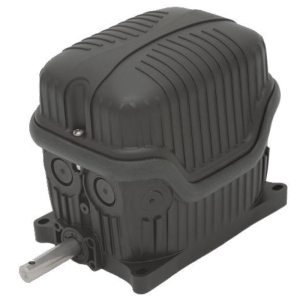
Oscar Rotary Gear Limit Switch
A rotary gear limit switch can be used if you would like the motor to stop after a set number of shaft rotations. The shaft on the switch is attached to a motor (usually indirectly via sprockets or gears), so the limit switch shaft turns as the motor turns. Inside the switch are gears and a series of cams.
The gear ratios inside the switch are chosen based on the desired number of motor rotations. As the motor (and switch) shaft turns cams inside the switch body, the cam presses down the lever of an electromechanical switch when the desired number of rotations is reached. Rotary gear limit switches are commonly used for overhead roll-up doors, boat lifts, and wind turbines.
In windmills, they are used to prevent the free rotation of the nacelle. You want the nacelle to be able to turn so you can always have the turbine facing the wind direction to generate the most power. However, you want to limit the rotations to no more than 360 degrees to avoid twisting cables. You don’t need direct contact with the part in motion to use a limit switch.
Reed Switches
Reed switches detect the presence of magnetic fields and can be used to indicate proximity to a magnet. So, you can mount a magnet to a device and use a reed switch to detect when the magnet reaches a set position.
Proximity Switches
Proximity switches use a magnetic field and detect disruptions in that field, usually caused by the presence of metal, to indicate when a piece of metal is in the desired position.
There are so many varying types of limit switches that it would be challenging to cover them all here. Hopefully, this article better explains what they are and how they can be used across applications. If you’re wondering how to choose the best limit switch for your application, please get in touch with us at Springer Controls Company today!

